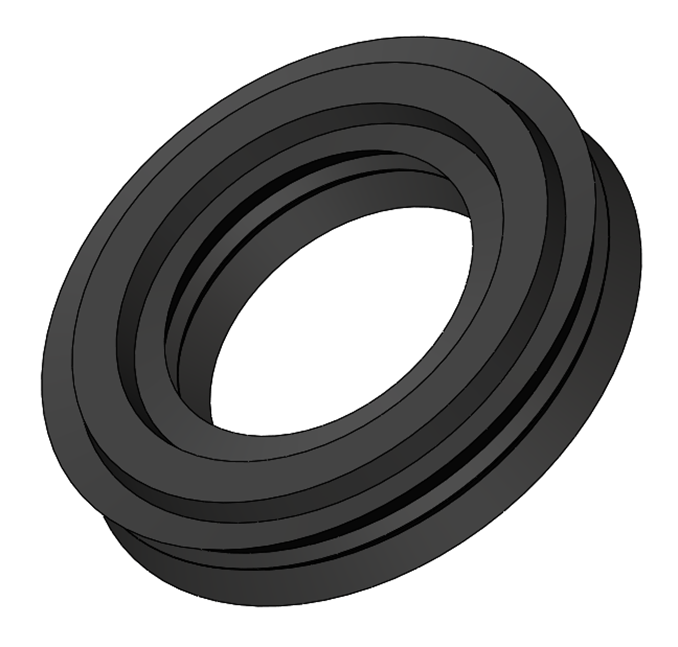Ring Joint Gaskets
Technical Specification:
- Fully Threaded
- Diameter: Metric or Inch
- Length: Metric or Inch
- Thread: Coarse or Fine
Possible Non-Asbestos materials:
- PTFE (Polytetrafluoroethylene)
- Rubber
- Graphite
- Viton (Fluoroelastomer)
- Ceramic Fiber
- Compressed Non-Asbestos Fiber (CNAF)
- Fish Paper (Vulcanized Fiber)
Possible coatings:
- Carbon steel: Hot-dip Galvanizing, Geomet-500, Zinc, Zinc-Nickel, PTFE/Xylan, TAKECOAT-1000
- Stainless steel: PTFE/Xylan, TAKECOAT-1000
Applications:
- Structural
- Machinery equipment
- Automotive
- Aerospace
Precision Engineering at Its Core:
Seal ring joint gaskets are crafted with an unwavering commitment to precision engineering, where every contour, groove, and surface finish is meticulously calculated and machined to exacting standards. Utilizing advanced manufacturing techniques, these gaskets are formed from solid metal rings with intricate serrations or grooves on their sealing surfaces. The precision machining ensures optimal contact and compression, enabling seal ring joint gaskets to withstand extreme pressures and temperatures with unmatched reliability.
Versatility Across Industries:
The versatility of seal ring joint gaskets makes them indispensable in a wide range of industries, including oil and gas, petrochemicals, power generation, and refining. They are commonly used in high-pressure and high-temperature applications, such as pipeline flanges, wellheads, valves, and pressure vessels, where conventional gaskets may fail to provide a secure seal. Seal ring joint gaskets excel in environments with fluctuating temperatures, corrosive media, and challenging operating conditions, ensuring leak-free performance and operational integrity.
Material Excellence:
Seal ring joint gaskets are available in a variety of materials to suit different application requirements and operating conditions. Common materials include soft iron, stainless steel, and various alloys, each offering unique properties such as corrosion resistance, hardness, and thermal stability. The choice of material depends on factors such as the fluid or gas being sealed, the operating temperature and pressure, and the surface finish of the flanges. By selecting the appropriate material, engineers can ensure optimal sealing performance and longevity in their applications.
Technical Precision for Optimal Performance:
The design of seal ring joint gaskets incorporates technical precision to ensure optimal sealing performance in demanding environments. The sealing surfaces are carefully machined with specific profiles, such as octagonal or oval, to maximize contact and prevent leak paths. Additionally, the gaskets are designed to withstand high compressive loads without deformation, ensuring a reliable seal even under extreme pressures. This technical precision, coupled with robust construction and material expertise, allows seal ring joint gaskets to meet the stringent requirements of critical applications and industry standards.
A Seal of Excellence:
As the name suggests, seal ring joint gaskets create a seal by applying radial pressure against the flange faces, forming a metal-to-metal seal that is highly resistant to leakage and blowout. The precision machined serrations or grooves on the sealing surfaces ensure intimate contact and even distribution of load, resulting in a secure and reliable seal even under extreme conditions. Seal ring joint gaskets provide a robust sealing solution that exceeds industry standards and regulatory requirements, offering peace of mind and assurance in critical applications.

